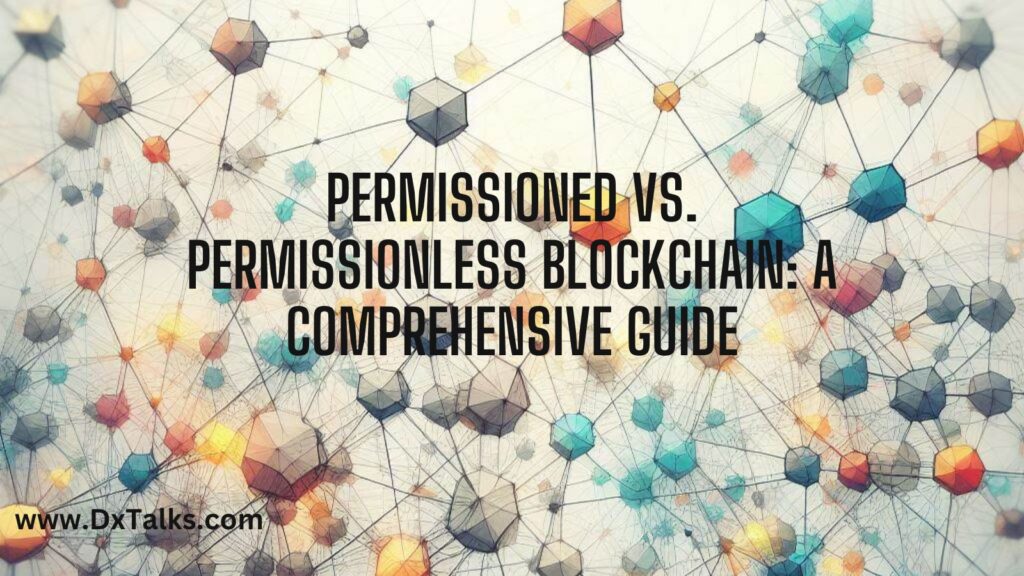Blockchain is transforming technology, but not all blockchains operate the same way. Two broad types exist – permissioned and permissionless blockchains.
While they share core concepts like decentralization and cryptography, key differences impact their functionality, security, and use cases.
In this guide, we demystified what makes each blockchain architecture unique and how consensus, access control, and governance vary between permissioned and permissionless blockchain networks. And understanding these distinctions empowers you to leverage blockchain’s benefits in context.
Whether you are exploring blockchain for business or curiosity, this clear framework will unpack how permissioned and permissionless blockchains align with different needs.
Read on: Blockchain and Ai: Their roles in shaping the world
What Is Permissioned Blockchain?
Permissioned blockchain is a restricted-access distributed ledger where participants require explicit approval to join the network. Unlike public blockchains, which are open to anyone, permissioned blockchains are like private clubs with controlled membership.
In this model, designated entities or individuals can validate transactions and create new blocks. This heightened level of control enhances privacy, scalability, and efficiency, making permissioned blockchains suitable for businesses and organizations seeking a more regulated and tailored approach to blockchain technology.
This controlled environment enables greater customization while maintaining a secure and transparent ledger for participants with approved access.
How Does Permissioned Blockchain Work On Consensus?
Permissioned blockchains operate consensus mechanisms that restrict block validation to authorized network participants. Unlike permissionless blockchains, where anyone can join consensus, permissioned blockchains limit consensus to trusted nodes.
Some use a traditional byzantine fault tolerance model where consensus is achieved when most validated nodes approve a block.
